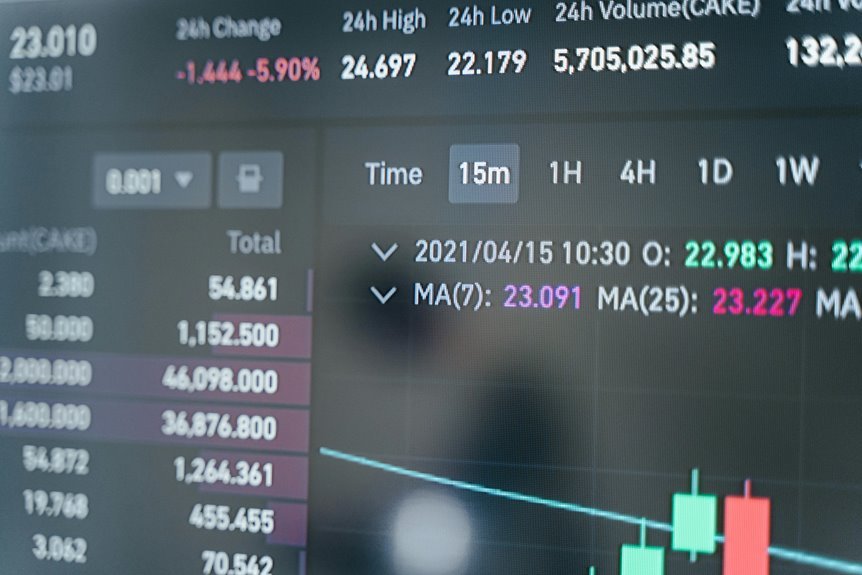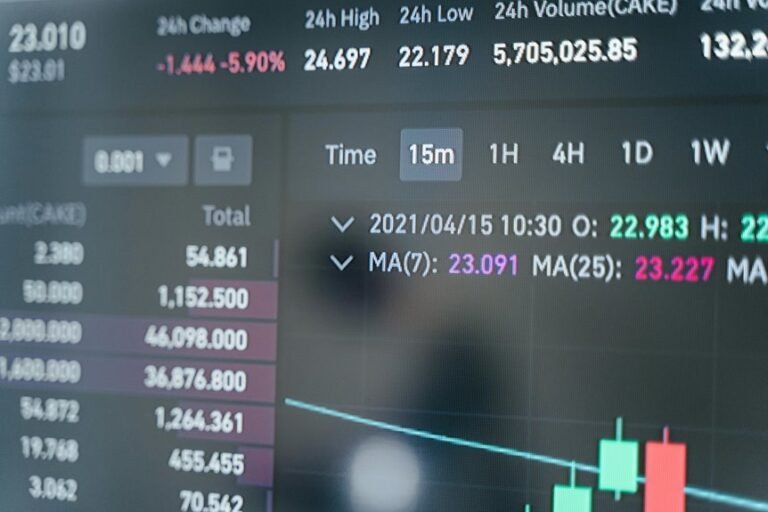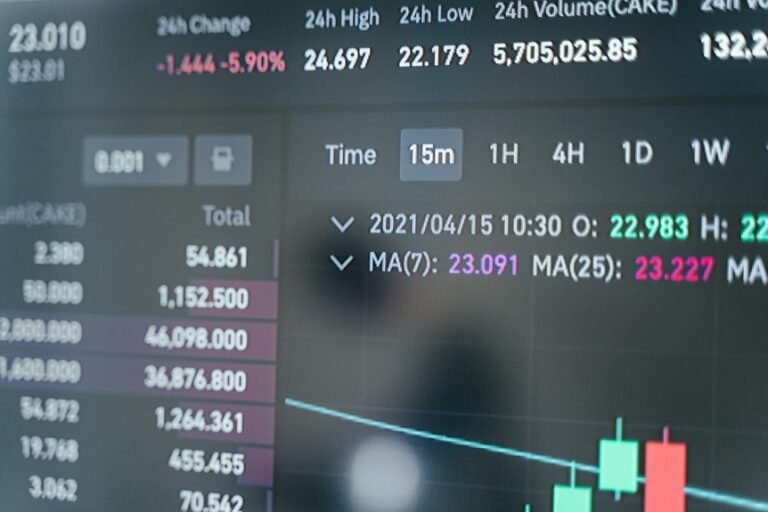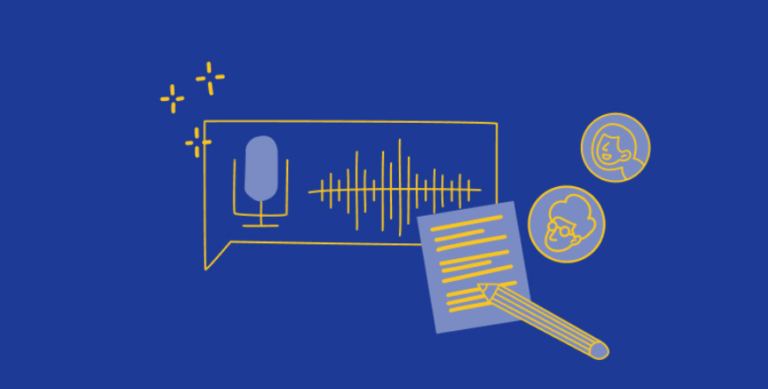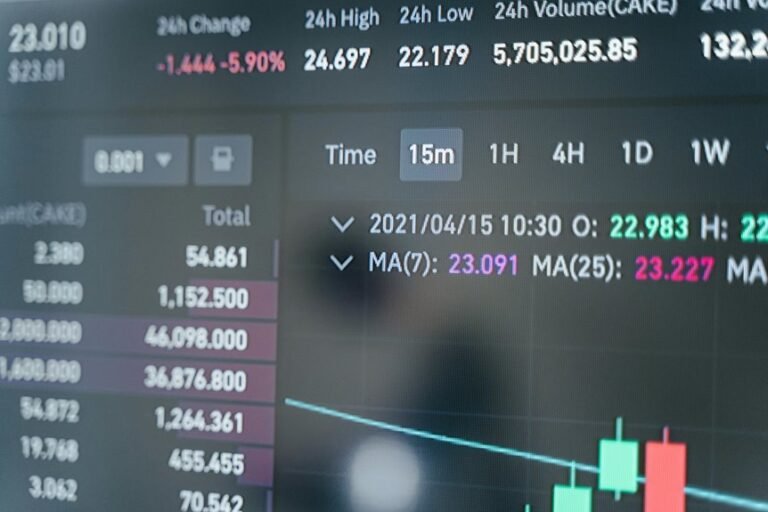213010770 Mobile Number Breakdown: Investigating Call Sources
The mobile number 213010770 presents an opportunity for analysis regarding its potential call sources. By examining its structure and regional codes, one can discern patterns that may indicate whether the caller is a legitimate telemarketer or a possible scammer. This breakdown is crucial for users aiming to safeguard their privacy and make informed decisions. However, the implications of such calls extend beyond mere identification. What further insights can be gleaned from this number’s origin?
Understanding the 213010770 Number Format
The 213010770 number format exemplifies a structured approach to mobile numbering systems.
This format includes a specific number structure that integrates regional codes, facilitating efficient identification and routing of calls. Such organization enhances clarity in communication, allowing users to navigate the system with ease.
Understanding this structure empowers individuals, promoting freedom in their interactions while ensuring connectivity across various regions.
Identifying Call Sources: Telemarketers vs. Scammers
Recognizing the distinction between telemarketers and scammers is vital for users navigating the mobile number landscape.
Telemarketers often employ aggressive telemarketing tactics to promote products, while scammers aim to deceive individuals for financial gain.
Users should remain vigilant and heed scam warnings, as the consequences of engaging with scammers can be severe.
Differentiating these call sources is essential for informed decision-making.
Privacy Concerns and Security Risks
Privacy concerns and security risks associated with mobile numbers have escalated in an increasingly digital world. Data protection remains a critical issue as users face threats from unsolicited calls and potential scams.
The effectiveness of call blocking technologies is often challenged by sophisticated tactics employed by malicious entities. Individuals must navigate these risks carefully to safeguard their personal information and maintain their autonomy in communication.
How to Protect Yourself From Unwanted Calls
Unwanted calls pose significant challenges for mobile users, exacerbating the privacy concerns linked to personal information exposure.
To combat this, individuals should utilize call blocking apps, which effectively filter and manage incoming calls.
Additionally, adjusting privacy settings on mobile devices can limit data accessibility, thereby minimizing the potential for unwanted communications.
These proactive measures empower users to reclaim control over their personal information.
Conclusion
In conclusion, the breakdown of the mobile number 213010770 provides valuable insights into potential call sources, aiding users in distinguishing between telemarketers and scammers. Notably, according to the Federal Trade Commission, over 48 billion robocalls were made in the U.S. in 2018 alone, highlighting the prevalence of unwanted calls. By understanding the structure of such numbers, individuals can enhance their awareness and security, ultimately making more informed choices about their communication.
